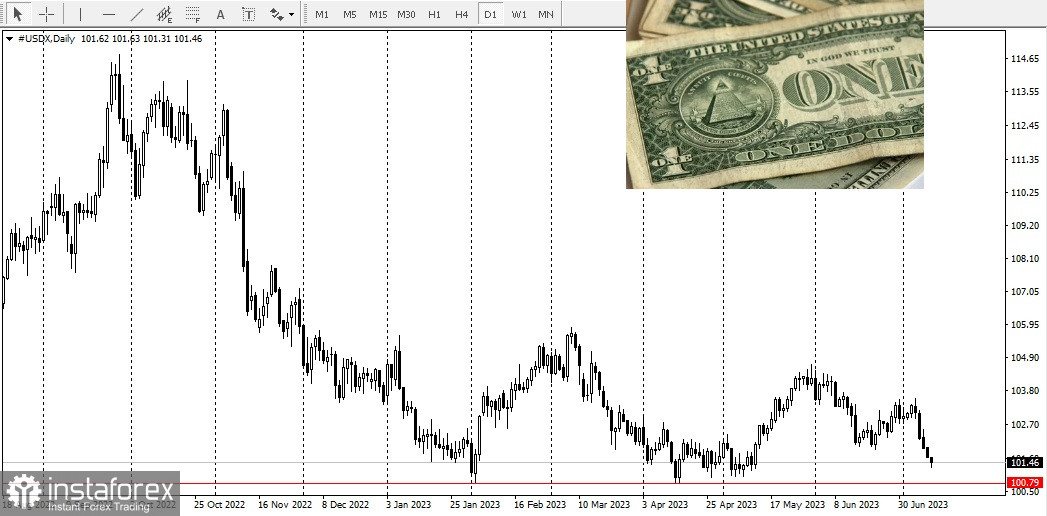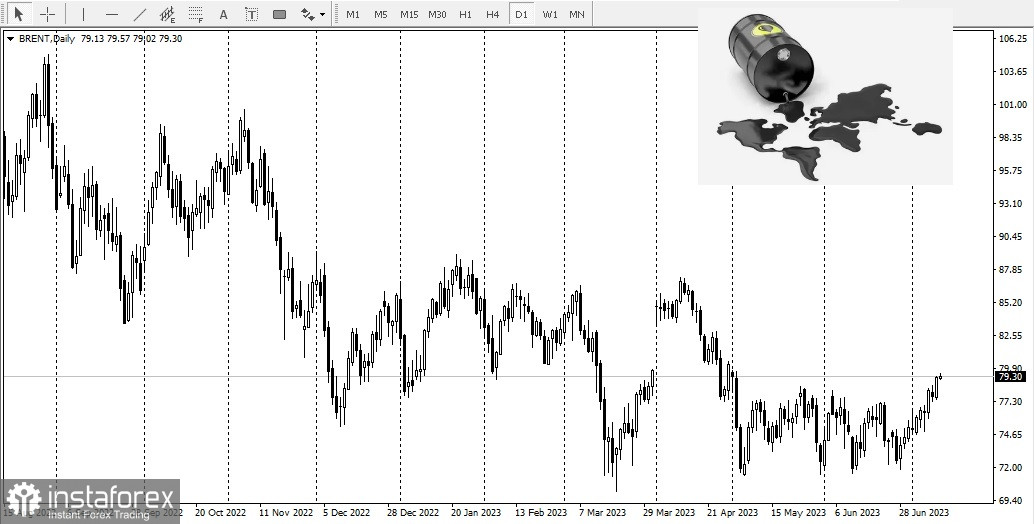
US CPI data lies ahead, and economists expect to see a 3.1% year-on-year increase for June, slightly lower than the 4% reported in May. Although this figure is rather weak, it will unlikely affect interest rate expectations, as the CME FedWatch tool said markets continue to prepare for a 0.25% rate hike this July.
However, some analysts believe that the data will impact the Fed's monetary policy decision, making the increase in July its last in the tightening cycle. This resulted in the yield on 10-year bonds falling below 4%, accordingly leading to a decline in dollar, which currently trades at a two-month low.

Even though inflationary pressures dipped, the threat of rising consumer prices did not disappear completely. And even if the US consumer prices decrease, global inflationary pressure remains high. Michele Schneider, Director of Trading Education and Research at MarketGauge, stated that current discussions about inflation do not reflect real conditions. For example, oil prices remain trading at a monthly high.

Also, used car prices, which make a significant contribution to inflation, dropped sharply. The Manheim used car cost index indicated that prices fell by 10.3%, one of the largest declines in history. Clearly, deflation gradually approaches, especially since the supply of used cars remains, while demand weakens.





















